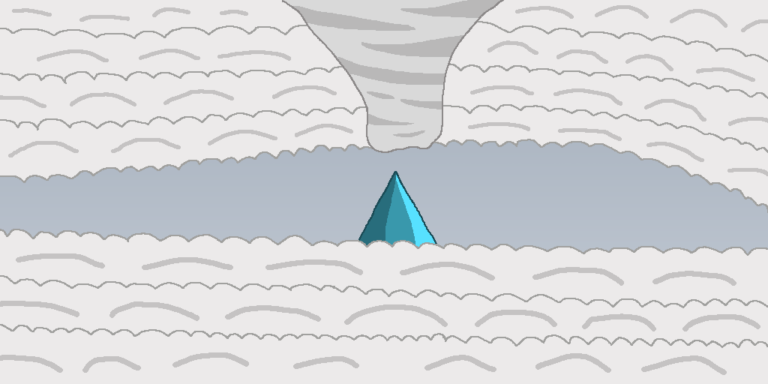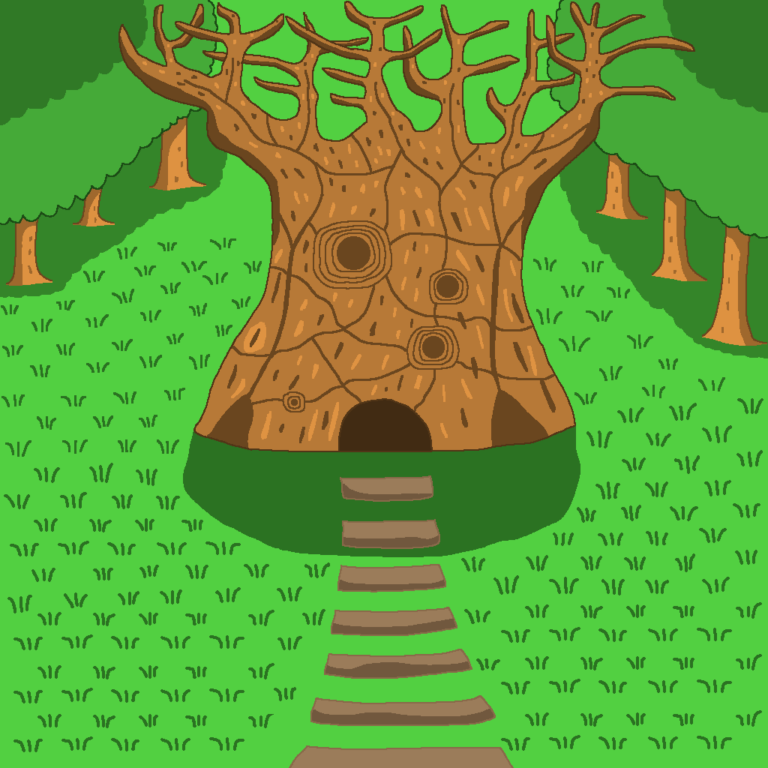Join US
Do you want to build the fantasy world you’ve always dreamed of?
Subscribe to receive notifications when a new post is out and for our monthly newsletter!
You can always unsubscribe anytime.


So you’re now writing your fantasy book but you have so much information you need to tell your readers like giving background context to a place or character that might prove crucial to the plot going forward. You have no idea how to incorporate it in the story. That’s where an exposition dump comes in.
An exposition dump, or infodump as it’s also called, is a literary device that provides a lot of information about something in a short span of time. While this device is often used in novels, it appears in many other mediums such as movies and video games. How to use it varies on the media but for the purposes of this article, we’ll simply look at how it works in regard to novels.
An infodump can be used for anything, which is one of its greatest strengths. You can delve into the past of a mysterious character or a fortress that plays a central role in the story. It’s a great way to showcase how something’s changed from then to now.
However, an exposition dump is fraught with peril. This device is generally disliked due to how it takes people out of the story but there are a number of avenues you can go to better integrate it into the tale and have your readers enjoy it. In other words, it needs to be presented in an interesting way that catches your audience’s attention.
There are also many pitfalls to avoid when using an infodump. They can alienate them and you run the risk of them not coming back ever again, even if you wrote a riveting tale. One such pitfall is bombarding your readers with more information than they can process in a short amount of time.
This is the twenty-third article in our series on writing a fantasy book. If you’d like to peruse our ever-growing number of articles, you can find them on our blog page.
An exposition dump gives a treasure trove of information in a relatively small amount of time. Most of the time, it appears as multiple blocks of text that can span multiple pages. In some cases, it’s the narrator conveying information to the reader and other times, it’s a character speaking to the protagonist — and the reader, by extension.
This literary device is used to present the backstory of:
This helps the audience learn more about them and is why it’s a powerful world-building tool. It’s also another way to delve into the lore of the story as you can use it to showcase the history of something which makes it feel more real for your audience.

When writing an exposition dump, you can decide how detailed you want to it be. You can opt for a broad overview, covering only the bare essentials pertinent to the story and expand upon it at a later time. If you prefer, you can get down into the weeds and provide a ton of information though it should be related to the plot at a minimum. Readers won’t care if it doesn’t contribute to the story.
An infodump can be placed in any part of the story, though most of the time, it’s found in the beginning. For first-time readers, it helps them become more familiar with the world and the characters they’ll be following throughout the tale which is beneficial to them. They help them become more immersed in your world, which is always a positive!
While it works in all parts of the story, if you decide to add one in the later stages, you have to proceed with caution. The further along your audience gets in the story, the more they’ve learned about your world and your characters which means they won’t take kindly to adding a bevy of info that takes them back to step one. Only do so if it directly affects the story like a plot twist, otherwise omit it or find another way to repurpose it without relying on an exposition dump.
This literary device is powerful and if used correctly, it can be a tremendous asset to the story. Sadly, too many dislike it for understandable reasons but it’s because it was used in the wrong way. If you do it the right way, nobody will mind and your story will be all the better for it!
One way to use it is to present it in an interesting way. By that, avoid using large blocks of text. Break it up into smaller, more manageable pieces. A great strategy in this scenario is to have it be a conversation between two or more characters. Perhaps one of them is curious about something and asks the other, who’s all too happy to oblige. That way, it becomes part of the story.
Make it an instrumental part of the story. Most of the time, an infodump provides information, that while relevant to the plot, it contains tidbits that contribute nothing to it. Everything in your book needs to advance the plot and the infodump is no exception. To make it work, only provide significant info that cannot be found anywhere else and present it in a way that captures readers’ attention, making them want to read it.

One surefire strategy is to make it easy to understand and follow. You accomplish this by breaking it into smaller pieces and spread it out to give readers more time to digest it. This prevents them from suffering information overload and enables them to enjoy your story which is what you want.
Use other literary devices like the flashback in conjunction with an exposition dump. It makes it more interesting and doesn’t deter from the story. Rather, it enhances it and it adds a new layer to the story, which your audience will love.
You can weave an infodump through the use of action, dialogue, or characters. Doing so makes it feel organic and not forced, thereby making it part of the story. It’s as if it just happened naturally. It also doesn’t steer your audience away from it, rather it keeps them invested since you made it part of the tale.
While this literary device is a great asset to the plot, if used correctly, there are times where you shouldn’t use it. Using it incorrectly hurts your story and makes it less likely your readers will want to come back. You don’t want all your hard work to be for nothing!
One major criticism of the infodump is that it takes readers out of the story. Placing massive blocks of text to provide background context distracts readers and lowers their chances of enjoying the story. The last thing you want to do is drop a whole lot of info in the middle of an intense scene like a battle where readers want to see what actually happens, not learn about things that aren’t directly relevant to the plot.
It screws up the pace of the story. The story pace varies scene by scene and chapter by chapter. An exposition dump messes the pace up since it temporarily takes the audience out of the story. A core rule of writing a book is that the story itself must always be moving forward and an exposition dump prevents it from churning forward, even if it’s for a bit.

Don’t make it boring. Too many novels convey it in a monotonous way which makes reading through it feel sluggish and cumbersome. While using the right words is important, equally vital is the voice you use to write it. Make it exciting in a way that keeps your audience interested in it.
Adding more information than necessary is a big no-no! Everything you put in your novel must be germane to the story. That is, it must be connected to the plot in some capacity. Providing extra information that contributes nothing only confuses your readers and deters from the experience. Only include info that’s part of the tale and omit those that aren’t. You might even be able to use the info you took out in a future book!
One thorny problem with an exposition dump is that it feels overwhelming and not easy to follow. Imagine you’re reading a story when all of a sudden, you read a massive amount of information in a short period of time and you need time to process it before you can move on. Information overload is a problem and it can seriously hurt the story. Fortunately, it’s one that’s easily avoided by taking it and breaking it into smaller chunks and is presented in a format that’s easy to comprehend.
An exposition dump provides background information about something in the tale. It could be a character, a plot-related object, a weapon, or a place. It is designed to enrich the readers’ experience by giving them info that makes it easier for them to immerse themselves into the world the story takes place in.
This literary device is superb in exploring the history of something that’s connected to the plot. If used correctly, readers are transported through history as they learn more about it, thereby increasing their interest in your story. This can make for compelling and powerful storytelling.
When placing an infodump, integrate it into the story that enhances readers’ experience. You can incorporate other literary devices like a dream sequence to create something that catches their attention and keeps it. The goal here is to present it and make it relevant to the plot, not distract from it.
There are things you need to avoid when using an exposition dump. Using it in the wrong way alienates your readers and makes them not enjoy your story. Doing things like taking massive blocks of text and making them smaller and present them in an interesting way goes a long way towards making them a delight to read!
Are you ready to make an exposition dump that engages your readers and makes them want to learn more about your story?
Let me know what you think in the comments below. (Note: this is an account-exclusive feature).
If you don’t have one, you can register here. It only takes a few moments of your time!
Liked this article and want to subscribe? All you have to do is fill out the form below and that’s it!
Thanks for reading this and until the next time,
Sunfire
Subscribing means you receive:
You can always unsubscribe anytime.
Do you want to build the fantasy world you’ve always dreamed of?
Subscribe to receive notifications when a new post is out and for our monthly newsletter!
You can always unsubscribe anytime.